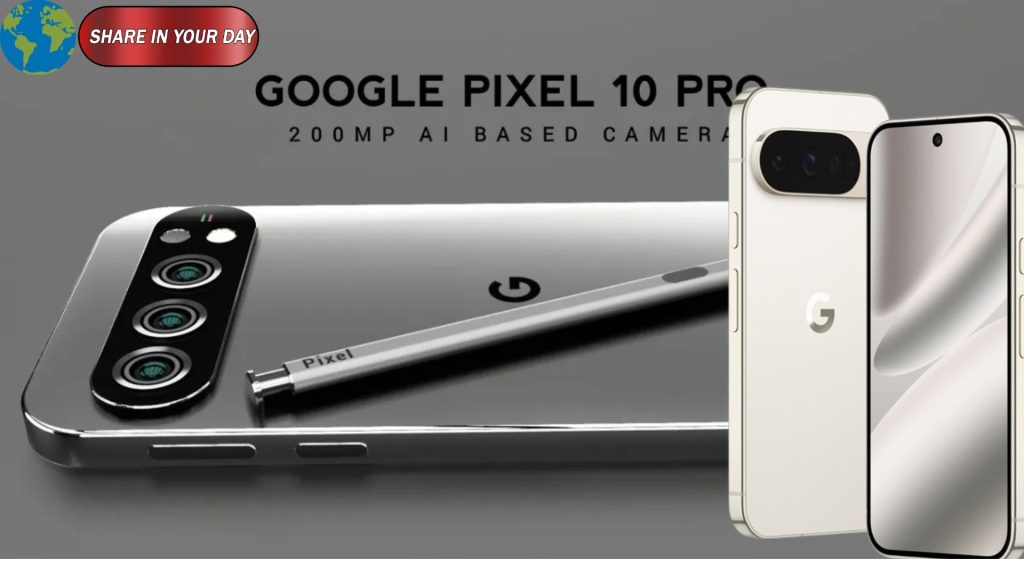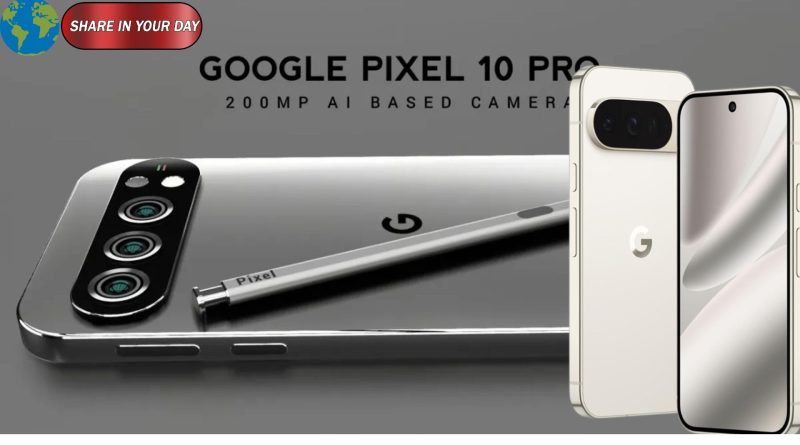Google Leans into AI, Not Redesigns
When Google debuted the Pixel 10 series earlier this year, much attention went to the standard phones. But now, with the Pixel 10 Pro Fold and Pixel Watch 4 launching for the holiday season, the company’s strategy seems clear: build on what works and let software — namely AI — take center stage.
These new devices don’t break drastically new ground in terms of design, but they do offer refinements and smarter capabilities that may make them more compelling than their form suggests.
Pixel 10 Pro Fold: Subtle Iterations, Smarter Experience
Design & Build
The Pixel 10 Pro Fold maintains a design lineage similar to last year’s model, with modest adjustments rather than a radical overhaul. The hinge, screen proportions, and general feel echo Google’s earlier foldable. The goal appears to be stability and reliability, rather than novelty for novelty’s sake.
Display & Usage
Open wide, and the internal panel offers expansive real estate for multitasking. Google’s software tweaks help make this more intuitive — apps shift more smoothly between folded and unfolded states. In practice, you’ll feel fewer “breaks” in continuity. Battery drain is moderate, not stellar — heavy multitasking will stress it.
Performance & AI Additions
Under the hood, the Pixel 10 Pro Fold is powered by the latest silicon stack, tuned to support more AI-driven features. Google leans into its strengths: smarter photo suggestions, real-time transcription, context-aware modes. These are the selling points this time around. Some are subtle, others more visible. For users invested in the Google ecosystem, the benefits accumulate.
Trade-offs & Considerations
Because design changes are limited, you won’t see major improvements in durability or ergonomics. Additionally, folding devices always carry compromises — the screen crease, hinge longevity, and weight remain factors. If you already have a foldable from recent years, upgrading may feel incremental unless AI features matter deeply to you.
Pixel Watch 4: Incremental but Polished
Google’s latest wearable advances in modest but meaningful ways. The Pixel Watch 4 retains the clean look but adds some under-the-hood polish.
- Health & sensors: The watch adds more robust health tracking, with better sensors and more consistent readings under a variety of conditions.
- Battery & software: Expect a day’s full use comfortably; power management is tighter. AI features filter into notifications, contextual reminders, and better integration with the phone.
- Ecosystem synergy: For users already using Google services, the Watch 4 feels like a more seamless companion than previous generations.
Still, it’s not a generational leap. If you’re already using a previous Pixel Watch and it’s working fine, upgrading may depend on how much you care about the refinements.
Verdict: AI Is the Story This Time
Google’s 2025 foldable and wearable lineup is not about reinventing the wheel — it’s about making the wheel smarter. The Pixel 10 Pro Fold and Pixel Watch 4 together show that Google believes it can differentiate through software evolution, not hardware reinvention.
If you prioritize AI-enhanced experiences, deeper integration, and a consistent ecosystem, these new devices are compelling. If what you seek is radical design or major hardware shifts, they may feel conservative.
If you like, I can also generate a shorter “side-by-side comparison” version or a summary you can post on social media. Do you want me to do that?





